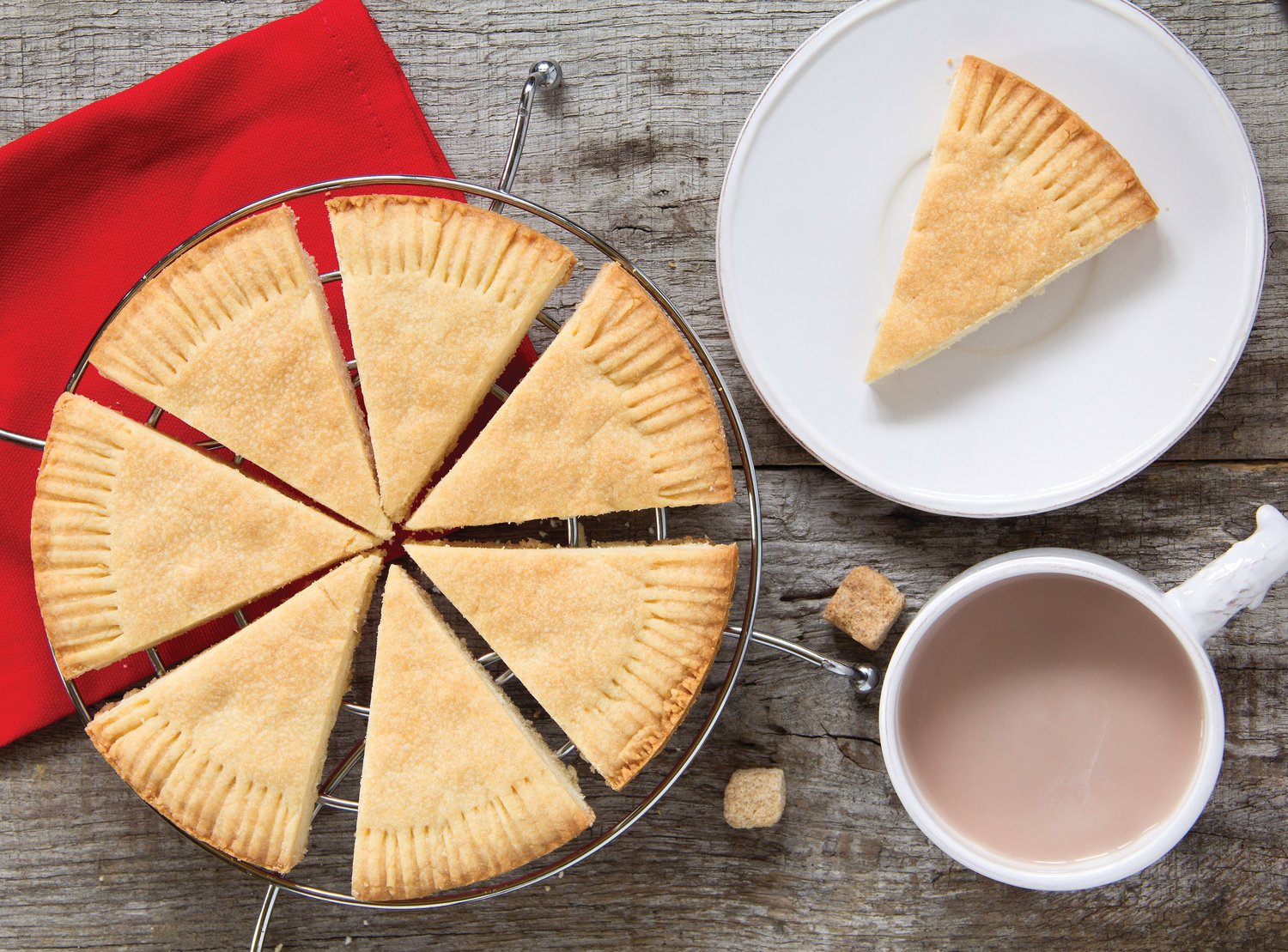My first husband, Kimble Greenwood, had a nostalgic relationship to the Scottish biscuit made from one part sugar, two parts butter, and three parts flour. In 14 years of marriage, my shortbread …
This item is available in full to subscribers.
We have recently launched a new and improved website. To continue reading, you will need to either log into your subscriber account, or purchase a new subscription.
If you had an active account on our previous website, then you have an account here. Simply reset your password to regain access to your account.
If you did not have an account on our previous website, but are a current print subscriber, click here to set up your website account.
Otherwise, click here to view your options for subscribing.
* Having trouble? Call our circulation department at 360-385-2900, or email our support.
Please log in to continue |
|

My first husband, Kimble Greenwood, had a nostalgic relationship to the Scottish biscuit made from one part sugar, two parts butter, and three parts flour. In 14 years of marriage, my shortbread never hit the bull’s eye of his imagination.
Kimble was an animated storyteller, standing 6-foot-2 with blond hair and a red beard. Every year, near Christmas, he’d tell me the shortbread saga. We’d discuss, this way and that, how I could recreate his idealized cookie.
At 19, in 1972, he’d hitchhiked around Europe visiting the gravesites of his favorite poets and philosophers. Traveling light, with nothing in his backpack but a change of clothes and 50 pounds of books. He made his way around France and Germany, but by the time he reached England, he was low on funds. It was December, and he found work at a youth hostel in Oxford.
He made friends with his young co-workers, and they broadened his outlook. They taught him to bake bread and cook from scratch. They introduced him to natural foods, and fresh ways of approaching the kitchen that influenced the rest of his life.
On Christmas Eve, a beautiful woman arrived with shortbread to share. This was the magical moment. She offered him a cookie and he accepted.
Alas, the enchantment lasted only that night, and for the next 45 years he tried to recreate that Oxford shortbread.
As I mentioned, he was a dramatic storyteller.
At the start of our relationship, believing I could replicate his memory, I baked batch after batch. I would bring my shortbread to him warm from the oven and await his judgement. He’d eat several bites, crumbs in his beard, all the while comparing it to his phantom standard.
Yes, while mine was tasty, it wasn’t HER shortbread, so back to the drawing board. This challenge may have contributed to my becoming a recipe developer, with a love of baking.
Kimble passed away three years ago, and we’d parted a decade earlier as good friends. I miss eating shortbread with him. I miss sitting with a pot of tea, and listening to him recount all the best things about one part sugar, two parts butter and three parts flour.
Not only do we pass on cherished food stories through repeated tellings, we keep traditions alive by shaping and decorating holiday treats.
I love molding the shortbread into a round, notching sun rays around the edges and making patterns with the fork tines. This brings me joy, and connects me to the season.
We make shortbread without leavening, unlike cookies which contain baking powder or soda.
The “short” in shortbread relates to the word “shortening” and means that it has a crumbly texture, because the high fat content inhibits the formation of long gluten strands.
Traditionally, we bake shortbread into a large round, which is then cut into smaller wedges.
Anise seed, cardamon, fennel, vanilla, lavender, cashews, coconut, chocolate, almonds, walnuts, pistachios, figs, lemon, orange, lime, black pepper, caraway, coriander
Makes 1 seven-inch round
Traditionally associated with Christmas and Hogmanay (New Year’s Eve). The large round shape comes from the ancient Yule Bannock, which was notched around the edges to signify the sun’s rays.
The shortbread ratio of 1 part sugar, 2 parts butter, 3 parts flour is calculated by weight, not volume.
1 stick unsalted butter, ½ cup, cut into small chunks
⅓ cup coconut or brown sugar
¼ teaspoon fine grained sea salt
1¼ cup pastry flour or gluten-free 1-to-1 flour mix
1 tablespoon grated orange zest
2 teaspoons vanilla extract
Optional additions
1 teaspoon anise seed
¼ teaspoon ground cardamom
In the work bowl of a food processor, grind the sugar into a powder. Add the flour, salt and other spices, if using, and pulse until combined. Add the butter chunks and pulse until it forms a soft dough. Gather the dough together into a ball.
On parchment paper, roll the dough ball into a 7-inch disk. Decoration: notch the edges with 1-inch slits, ¼ inch apart. Using the tines of a fork, prick at ¾ inch intervals. Note: Make any design on the top that takes your fancy. You can use a cookie stamp or press the dough into a shortbread mold. The important part is to express yourself and have fun!
Chill the shortbread for 20 minutes. Preheat the oven to 325 F. Bake on a parchment paper lined baking sheet for 20 minutes. Your house will smell amazing.
Cool and slice into wedges.
(Sidonie Maroon, abluedotkitchen.com, is culinary educator for The Food Co-op. Kitchen to Kitchen is sponsored by The Food Co-op.)